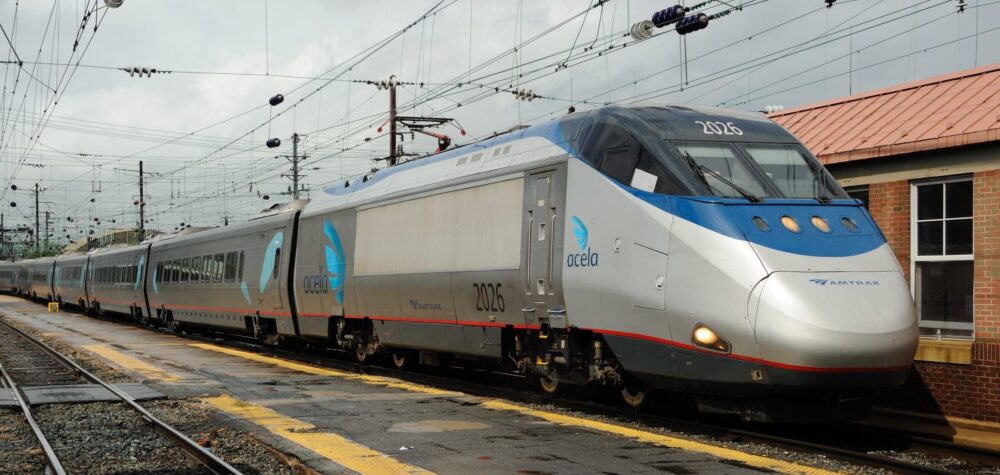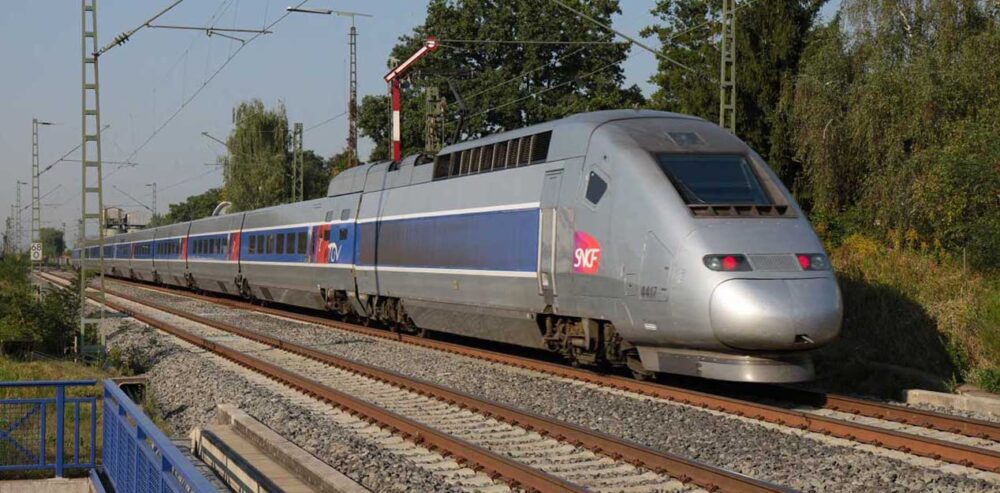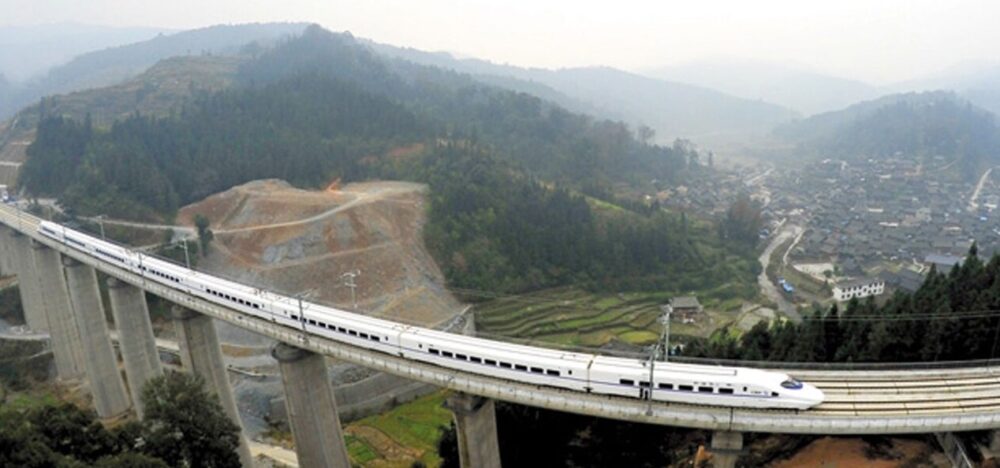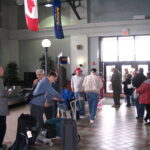Guess Who’s Tail End Charlie!
I was exchanging texts last night with someone in Ohio who was surprised when I said that the U.S. doesn’t have a true high speed train. “What about Acela,” he messaged.

It’s true that Acela is Amtrak’s fastest train. It’s used on what’s referred to as the Northeast Corridor (Washington-New York-Boston). And for a few rather short stretches, these trains do indeed achieve speeds of about 150 miles-per-hour. But for the remainder of the route, it’s my understanding that 125 or so is about as fast as they go. Elsewhere throughout the Amtrak system, running on track owned by the freight railroads, Amtrak passenger trains, with very few exceptions, operate at a top speed of 79 miles per hour.

Consider, please, the famous French TGV, train à grande vitesse (literally “train of great speed”). These trains routinely reach speeds of 190 miles per hour. A year or so ago, a specially modified TGV was officially clocked at just over 357 miles an hour. But even at “only” 190 miles an hour, a ride on the TGV is remarkable: smooth, quiet, and without any real sensation of traveling at such speed.
High-speed trains are now running in Germany and Spain and Italy and . . . well, in just about every developed country in the world. And I haven’t even mentioned Japan!
But none of those countries gets the prize for a national commitment to high-speed rail . . . not even France. That distinction goes to China.

Why? Because the Chinese have built 25,000 miles of high-speed train lines in less than 20 years. Several years ago, I rode one of their trains from Beijing to Shanghai, a distance of 820 miles. Our total elapsed time was 4:45 at an average speed of just a bit over 186 miles-per-hour.
And Republicans in the U.S. Congress oppose any federal funds for Amtrak and think high-speed trains are an unnecessary extravagance. But they approve billions of dollars for airport expansions and new highways without blinking an eye.
They had better smarten up . . . and the sooner the better!




The Acela is allowed 135 in many places between DC and NYC.
Good to know. Thanks! I don’t get top ride them very often.